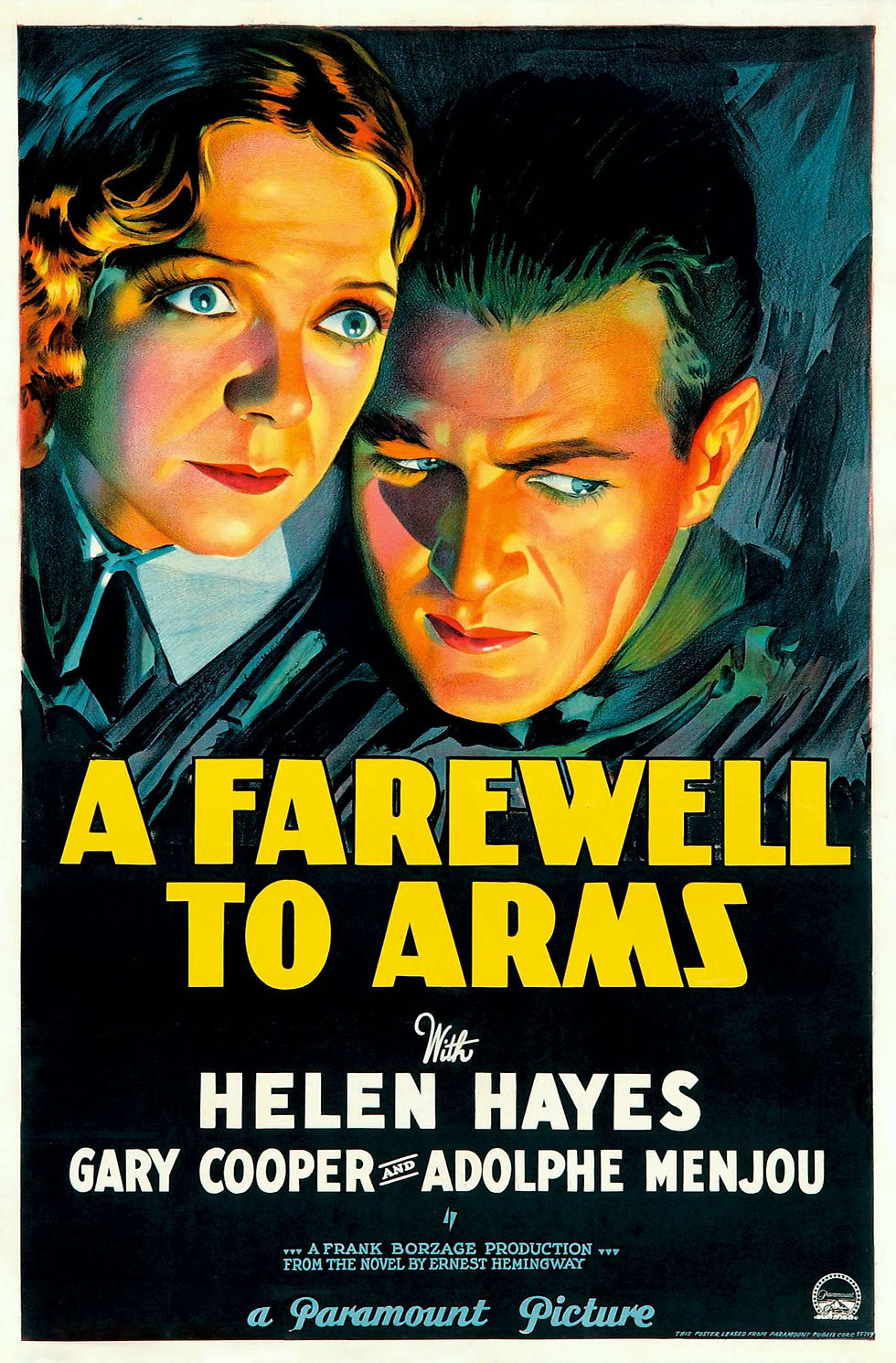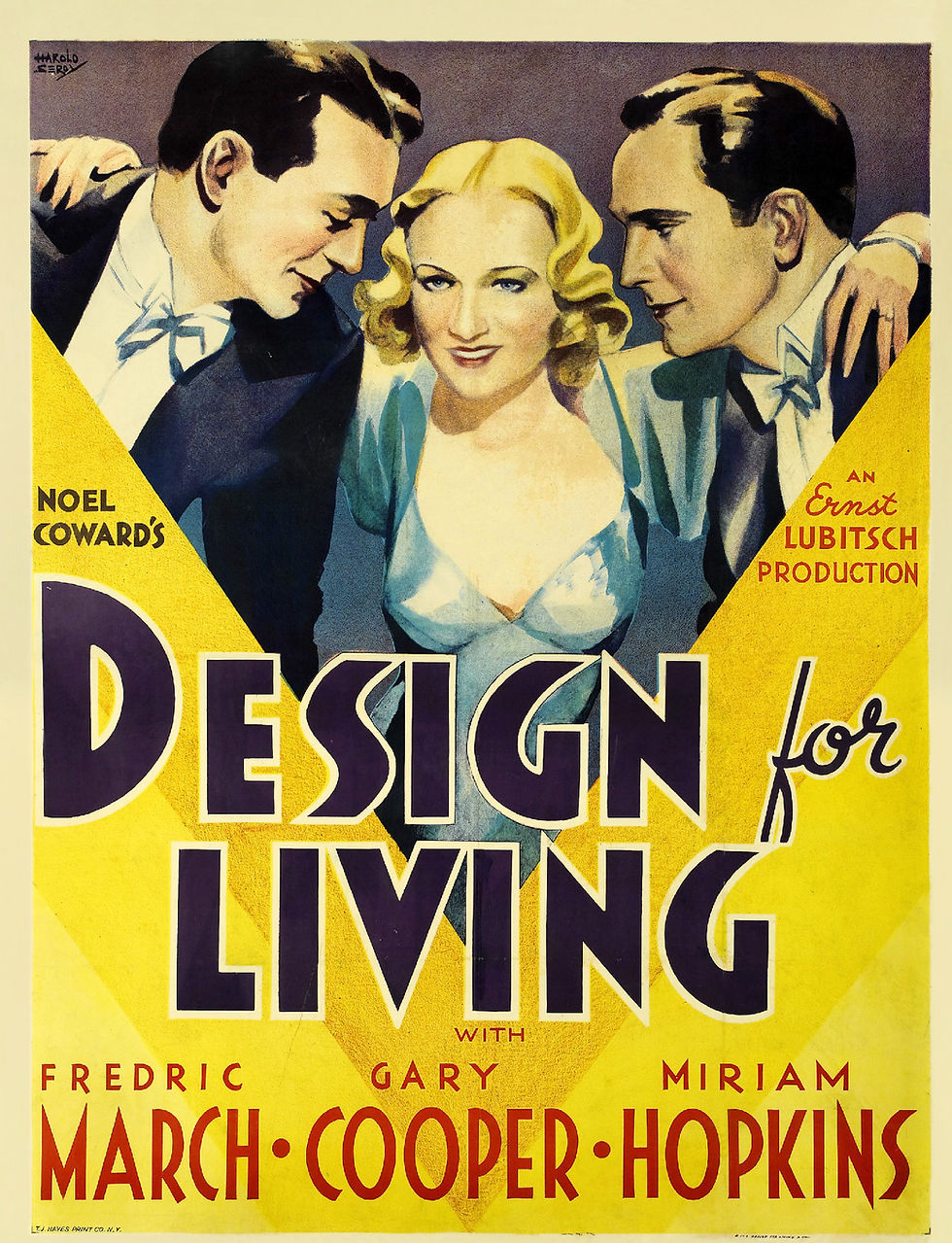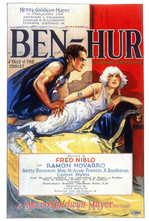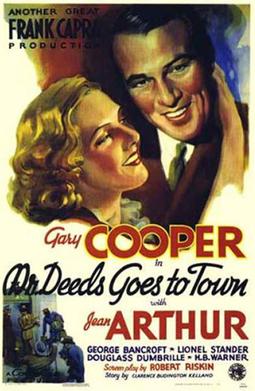Southampton's 20th Century Influencers: Gary Cooper, Hollywood Icon
- Connor Flanagan

- Apr 19, 2022
- 15 min read
Updated: Feb 7, 2024



The actor we all know as Gary Cooper was born Frank James Cooper on May 7, 1901 in Helena Montana approximately 2,300 miles from Southampton. If was born so far away, why would we care to talk about him here at the Southampton History Museum? That is because his presence as a mega movie star was felt all over the country and more specifically because while he could vacation anywhere in the world, he spent a huge portion of his adult life here in our small Village. Before getting into the his direct connection with the area, lets go over his life.

Cooper's father was Charles Henry Cooper and his mother was Alice Brazier, both English immigrants. His father first came to the United States in 1884 and became a lawyer. He returned to England to marry his wife on March 24, 1894 but they both came back to the United States. They would have two sons together, Frank and Arthur. In 1906 they would purchase the Seven-Bar-Nine cattle ranch near Craig, Montana.
In 1909 Alice would take her sons back to England as she felt it important to give them an English education. Frank would attend the Dunstable Grammar School where he would study English, Latin, French and English History until 1912 when the family would move back to the United States. A few years later when Frank was 15 he would be in an automobile accident injuring his hip. He was given misguided doctor's orders to use horse back riding as a method of healing his hip which would give him his characteristic stiff and off-balanced walk.
Dunstable Grammar School and Gary with his parents Alice and Charles as an adult

It was around this time when Cooper would leave high school in pursuit of becoming a full time cowboy. But in 1919, the same year his father was admitted to the Montana Supreme Court, at his father's wishes he returned to school. It was then when Frank's English teacher Ida Davis would push him into the dramatics which Frank grew to enjoy. But his bigger passion was drawing which would see Frank take up some college courses while still in high school. Cooper would eventually enroll in Grinnell College where he would study art and funnily enough upon trying out for the school drama club would be turned down. He would abruptly leave school to pursue an art career in Chicago in February of 1924.

Later that year Frank would return to Helena, Montana to work for local newspapers drawing political cartoons. That same year his father would resign from the Supreme Court after inheriting properties in California which would prompt the family to leave Montana to maintain. Cooper would accompany his father and mother to California where he would get into being an extra and stuntman in the burgeoning film industry since Frank was such a skilled horseback rider. He took the work as a means to help pay for more art classes. While working he met fellow Montana cowboy and stuntman Jay "Slim" Talbot who would help Cooper secure more work in the film industry. Cooper was however known to have said that stunt work was "tough and cruel" as men were paid $5 to throw themselves form horses to the ground and were often injured in the process.

Cooper's film career began during the silent film era. His first few parts were not exactly starring roles. His film debut came as "Extra" in 1925's Dick Turpin. His second film saw him as "Ride" in The Trail Rider (however not the titular Rider) and then his fourth film Riders of the Purple Sage saw him again play "Rider". While these were all Western films, Cooper was also in The Eagle as "Masked Cossack" and the ironic Ben-Hur as "Roman Guard". While his first year was fairly uneventful, he did manage to sign a deal with Samuel Goldwyn Productions for $50 a week on June 1, 1926. Today that would be approximately $812.
Some of the film's Cooper has parts in during 1925

Cooper's first feature was in 1926's The Winning of Barbara Worth as Abe Lee. After catching his big break to move out of being an extra, Cooper was able to sign a new deal with Paramount Pictures for $175 per week or approximately $2,842 today. As 1927 rolled around, Cooper would be in several more high profile films such as Children of Divorce, Arizona Bound, Wings and Nevada. You can now see Cooper's name start to appear on the promotional material for the films as his star grows.
Poster's from some of Cooper's first feature films

Cooper quickly rose to stardom among the American public, specifically among female movie-goers due to his good looks and his typical role of the courageous hero. In 1928 he would star in Lilac Time with Colleen Moore which was a huge success and was the first film to have synchronized music and sound effects.
Throughout his career, Cooper was always linked to many of Hollywood's leading ladies. In 1927 he was linked to Clara Bow. She is credited as helping to advance his career by helping to secure his roles in Children of Divorce and Wings which were two important early roles for Cooper. Then in 1928 he was linked with Evelyn Brent while filming Beau Sabruer.
Cooper with Clara Bow and Evelyn Brent

In 1929 Cooper would star in his first "talkie" titled The Virginian. This film along with his past career in many Westerns helped to establish Hollywood's archetypical cowboy good guy as a strong silent type with unwavering morals of justice and courage. This would also be the film to show that Cooper could make the transition into a world outside of silent films. Many silent film stars were simply not able to make this transition but Cooper was a natural with his deep and clear voice matching his movie persona. He would star in many more Westerns like Only the Brave, The Texan, Seven Days' Leave, A Man from Wyoming, and The Spoilers.

But Cooper would also find success outside of the Western genre of films. In 1930 he would star in Morocco. The film was directed by the German Josef von Sternberg who while filming was often very dismissive towards Cooper and was more focused on his co-star, German actress Marlene Dietrich. On one occasion while filming, Sternberg was said to have been yelling in German at Cooper which prompted the 6'3" actor to pick up the 5'4" director by his collar and say, "if you expect to work in this country you'd better get on to the language we use here."

Around this same time Cooper would meet Lupe Vélez while filming 1929's Wolf Song. They would begin a 2-year relationship that would be anything but stable. During their relationship Cooper was said to have had an affair with Marlene Dietrich and some of Vélez's biographers have made claims that he had an affair with actor Anderson Lawler who was gay and shared a home with Cooper from 1929 to 1930. One such biographer claimed Vélez knew of this relationship and permitted it so long as she would participate. Upon the end of their relationship Vélez is also said to have fired a gun at Cooper in a train station sometimes said to be in Chicago and other times in Los Angeles. Like with all celebrity gossip today, even in the 1930's the truth seems to be somewhere in the middle.

By mid 1931 Cooper was in bad shape physically. Some place the blame on his tumultuous relationship with Vélez while others on his making ten films in under two years. But either way, Cooper had lost over 30 pounds and was suffering from anemia and jaundice. He would leave Hollywood for an extended vacation in Europe where he would began an affair with Countess Dorothy di Frasso. Together they would visit museums and art galleries, the French and Italian Rivieras and go on a ten-week safari in East Africa. Upon coming back to the United States in 1932 Cooper would negotiate a new deal with a Paramount Pictures for a lighter schedule and an increase in pay to $4,000 per week. (Approximately $83,942 today)

In the coming years, Coopers already huge career would get even bigger. A Farewell to Arms was the first Ernest Hemingway novel to be made into a film and was one of the most commercially successful films of 1932. Cooper was praised for his intense and emotional performance and even though Hemingway said the film was an "abomination" he gave credit to Cooper for his stellar performance.

The following year Cooper would co-star in a comedy film, Design for Living, along side Miriam Hopkins and Fredric March who would all receive praise for their performances. Cooper was specifically praised for showcasing his versatility as an actor going from action based dramas and Westerns to a light hearted comedy film. It would be one of the highest grossing films of 1933. This same year Cooper would legally change his name from Frank to Gary Cooper and for the next few years he would continue to be in some of the top films.

At the same time when Cooper's star was becoming its brightest, he met one of the most important people in his life, Veronica "Rocky" Balfe. Rocky was born on May 27, 1913 to Veronica Gibbons and Harry Balfe Jr. Her parents would divorce when she was young and Rocky would move to Paris with her mother. While she would not stay close with her father, she would keep in touch with her grandfather who owned a ranch in California. Her mother would remarry with successful Wall Street financier Paul Shields brining Rocky back to New York. She would graduate from both the Todhunter School and the Bennett School where she studied dramatics.

Rocky and Gary would meet on Easter Sunday 1933 at a party given by her uncle, art director Cedric Gibbons. The two would quietly marry on December 15, 1933 at her parents Park Avenue residence. They were both avid outdoors people with Rocky being a national skeet-shooting champion who also enjoyed horse back riding and all the other activities Gary loved. Rocky would have a short lived Hollywood career herself appearing uncredited in No Other Woman, King Kong and Blood Money. Her only credited role was in the film The Gay Nighties which also came out in 1933 along with her other films. However she would spend her life organizing the couples social life and leave the big screen to her husband. They primarily lived in the Los Angeles area but had a vacation home in Aspen, CO and vacationed both in Sun Valley, Idaho and Southampton, New York.
1936 would be another landmark year for Cooper with two important films coming out. First is Frank Capra's Mr. Deeds Goes to Town which say Cooper play the iconic role of Mr. Deeds which many people today may be familiar with thanks to the 2002 Adam Sandler remake. The film features Mr. Deeds, a greeting card writer from Vermont, who inherits large sums of money and moves to New York City and encounters a world of corruption and deceit. Cooper would be nominated for his first Academy Award for Best Actor for this role. He would also star in Desire which was another romantic comedy enjoyed by both the critics and general public. Cooper had already cemented his legacy as a Western star but was now creating a new one as a comedy actor. By 1939 after years of continued success the United States Treasury would report that Cooper was the Country's highest wage earner at $482,819 which is approximately $9,986,503.

On September 15, 1937 Gary and Rocky's one child, Maria Veronica Cooper, would be be born. She developed a love for drawing and art like her father and shared a great love for the outdoors like both of her parents. By all accounts Gary was a good father who enjoyed spending time with his family. He taught his daughter how to ride her bicycle and enjoyed playing tennis and other sports with her.

Cooper's film career seemed to always be on the upswing and with the onset of the 1940's he would again experience even more professional success. In 1941 he would star as Medal of Honor Winner Alvin C. York in the film Sergeant York. The film centered around the life story of Alvin C. York from his backwoods upbringing in Tennessee, to his stand as a conscientious objector to WWI and then his actions at the Battle of Argonne Forest which earned him his Medal of Honor.

Initially Cooper was nervous to play this role with Alvin being a living legend. But after visiting with the war hero, he was convinced by York to take on the role. The film would be a massive success and would earn Cooper his first Academy Award win for Best Actor. In his acceptance speech he would say, "It was Sergeant Alvin York who won this award. Shucks, I've been in the business sixteen years and sometimes dreamed I might get one of these. That's all I can say ... Funny when I was dreaming I always made a better speech.“

In 1942 Cooper would again play an American Hero, this time as Lou Gehrig in The Pride of the Yankees. While not a war hero, Gehrig had played 2,130 consecutive games for the Yankees and was a seven-time all-star who just a year prior lost his very public battle with amyotrophic lateral sclerosis or ALS. This again made Cooper nervous to play the part but was reassured and convinced to take on the role by Gehrig's widow.
The film would cover Gehrig's life from his rise to greatness, his struggle with the illness and then culminated with a recreation of Gehrig's famous retirement speech on July 4, 1939 before 62,000 fans at Yankee Stadium. Cooper would again be nominated for an Academy Award for his performance, but would not win. One of the biggest challenges Cooper faced while making this film was that prior to it he had almost no knowledge of the sport of baseball and was right handed while Gehrig was left handed. But he was able to learn enough to pass for the all time great on film and a bit of movie magic was done to make Cooper's batting scenes that were filmed with him batting righty appear lefty on film.


Another one of the great films from this time in his life was 1943's For Whom the Bell Tolls. This would be the second Hemingway novel turned into a film. While writing this book he wanted to create a protagonist that embodied righteous justice and someone that the public would love and so he based the main character of Robert Jordan off of Gary Cooper himself. Then almost as soon as the novel was published Paramount Pictures purchased the rights to the book for around $150,000 (approximately $2,645,742 today) with the intention of casting Cooper in the lead role. The film would see Cooper play the role of another war hero, this time fictional but taking place during the Spanish Civil War. While the film distorted the original political themes and meaning of the book, it was a massive success with rave reviews from critics. The film earned ten Academy Award nominations including Best Actor for Cooper. While filming, Cooper would engage in an affair with co-star Ingrid Bergman which would began a very dark time in Cooper's family life.

A bright spot in Cooper's personal life would however also appear at this time. Because while making For Whom the Bell Tolls Cooper was able to begin a lifelong friendship with Ernest Hemingway. While they were very different in a lot of ways, especially politically, they bonded over a shared love of the outdoors. They also were almost the same height and were born only 10 months apart. They were both mostly non-religious throughout most of their lives but both became Roman Catholics later in life. They would also end up passing away within the same year with Hemingway committing suicide shortly after Cooper's death.

In the early 1940's the world was at war again with many Americans, including movie stars, joining the war effort. However with Cooper being over 40 years old and having a few health complications, he was not fit to fight. He did however visit many military hospitals in the San Diego area and often appeared at the Hollywood Canteen to serve food to servicemen. In late 1943 along with several other actors he toured the Southwest Pacific and visited many hospitals and bases. He would often perform for the soldiers, many times repeating his famous speech from the end of The Pride of the Yankees.

In 1949 he would star in The Fountainhead which was not a major success with audiences nor was it loved by the critics. However it would have a huge impact on his life. Cooper's co-star was 22 year-old Patricia Neal who was 25 years his junior and the two would begin a two-year affair upon the start of production. At first it was kept a secret only few mutual friends knew about, but in 1950 due to bad luck and too many mutual friendships Neal ended up visiting Cooper and his family at their new vacation home in Aspen, CO. It was at this time when Rocky confronted Gary about the affair which he admitted to as well as admitting that he was in love with Neal. Rocky would tell their 12 year old daughter Maria causing a rift in the family. The relationship became an open secret in Hollywood with Rocky also seeing other men at this time and the couple legally separating on May 16, 1951.

While Neal and Cooper were together Cooper was said to have continued affairs with other women at the same time. He also at one point slapped Neal, bloodying her nose, after actor Kirk Douglas attempted to seduce her and prior to the Cooper's separation in 1950 Gary had arranged for an abortion for Neal without consulting her wishes. Overall their relationship was marred by infidelity, physical abuse and a large age gap that made it hard for things to work out. Neal and Cooper would eventually split up near the end of 1951.

Post-WWII Cooper's career would drift in new directions, but he would still mostly appear in Westerns, Romantic Comedies and War Dramas. Many of these films had mixed reviews but were generally successful at the box office. His next important film would be 1952's High Noon directed by Fred Zinnemann. Cooper was in poor health at the time of filming due to stomach ulcers which cause him a lot of pain which can be seen in the grimace he sports throughout the film. However that helped with the role of a small town sheriff battling outlaws. High Noon was a huge success earning $3.75 million in the U.S. and $18 million worldwide. Cooper had accepted a lower salary for this film in exchange for a percentage of the profits which helped him earn around $600,000 for this work which would be approximately $6,509,524 today. Cooper's performance was widely praised and this earned him his second Academy Award win for Best Actor.

On June 26, 1953 Cooper traveled to Rom to have an audience with Pope Pius XII along with his wife and daughter who were devout Catholics. Gary himself was not exactly religious. Cooper was baptized in the Anglican Church in December of 1911 while living in England and raised in the Episcopal Church when he returned to the U.S. But later in life he began to turn towards religion, perhaps as a means to get his family back after his affairs. By November of 1953 Rocky and Gary were back together formally reconciling their separation by February 1954. In the coming years Cooper would openly talk about Catholicism with his friends and family ultimately being baptized on April 9, 1951 as a Roman Catholic before a small group of family and friends at the Church of the Good Shepherd in Beverly Hills.

Cooper would continue to make films until he died no matter how difficult it was for him to do. As he got older Cooper continued to suffer from various health complications and had multiple surgeries to deal with his stomach ulcers and hernias. His continued work in Westerns and other action films which were often times very physically demanding would have been very taxing on his well being. 1958's Man of the West is now regarded at Cooper's last great film, however at the time it was largely ignored by critics.

The final year of Coopers life had a lot of highs and a lot of lows. On April 14, 1960 he had surgery at Massachusetts General Hospital in Boston for an aggressive form of prostate cancer that metastasized to his colon. Then in June of 1960 at Lebanon Hospital in Los Angeles he had further surgery to remove a malignant tumor from his large intestine. On December 27, 1960 Rocky learned from the family doctor that Cooper was dying. His cancer had spread to his lungs and bones and was inoperable. The family decided to not tell him immediately. On January 9, 1961 Cooper was roasted at the Friars Club hosted by Frank Sinatra and Dean Martin where all of Hollywood celebrated his life's work and after Gary gave a short speech where he said, "The only achievement I’m proud of is the friends I’ve made in this community.”

In mid-January 1961, Cooper took his last family vacation to Sun Valley, Idaho where he would hike for the last time in the snow with Hemingway. On February 27, 1961 after returning to Los Angeles, Cooper would learn he was dying. He would tell his family, "We'll pray for a miracle, but if not, and that's God's will, that's all right too." On April 17, 1961 Cooper would watch from home while his friend and fellow actor Jimmy Stewart accepted his Academy Honorary Award at the 33rd Academy Awards. His acceptance speech can be seen below. The following day newspapers would announce Cooper's illness to the world.

In the coming days he would receive numerous messages of support and appreciation with telegrams from Pope John XXIII and Queen Elizabeth II and a phone call from President John F. Kennedy. On May 4, 1961 he would make his last public statement saying, "I know that what is happening is God's will. I am not afraid of the future." He would then receive his last rites on May 12 and pass away the following day on Saturday, May 13, 1961 at 12:47pm. Cooper was buried in the Grotto of Our Lady of Lourdes in Holy Cross Cemetery in Culver City, CA. However when his family relocated to New York in May 1974, Cooper's remains would be transported to Sacred Hearts Cemetery in Southampton, New York. Today his grave is marked by a three-ton boulder from the Montauk Quarry.

Cooper was not a full time resident of Southampton, however he did spent a good portion of his adult life here. His wife's family had a home that they had built here in the Village on Oak Pasture Road which was known as "Birchwood." While the home no longer stands today, the Coopers would come out every year for at least three weeks or longer. Gary loved the outdoors and was said to have greatly enjoyed all the natural splendor Southampton has to offer. He was often seen at the beach, playing golf and driving around. He was also an avid bird watcher and greatly enjoyed watching the ospreys.

While in Southampton a place the family often visited was Crutchley's Bakery which was formally located on Main Street. They were famous for their Crutchley Crullers and Cruller Hearts. Cooper visited the bakery so often he had given the owners an autographed picture to hang in the store. On one occasion Cooper's mother-in-law was walking by the bakery and saw the picture hung next to an American Flag and an arrangement of flowers and mistook the decoration for a memorial and called her daughter in a panic thinking Cooper had died suddenly but all was ok.


































